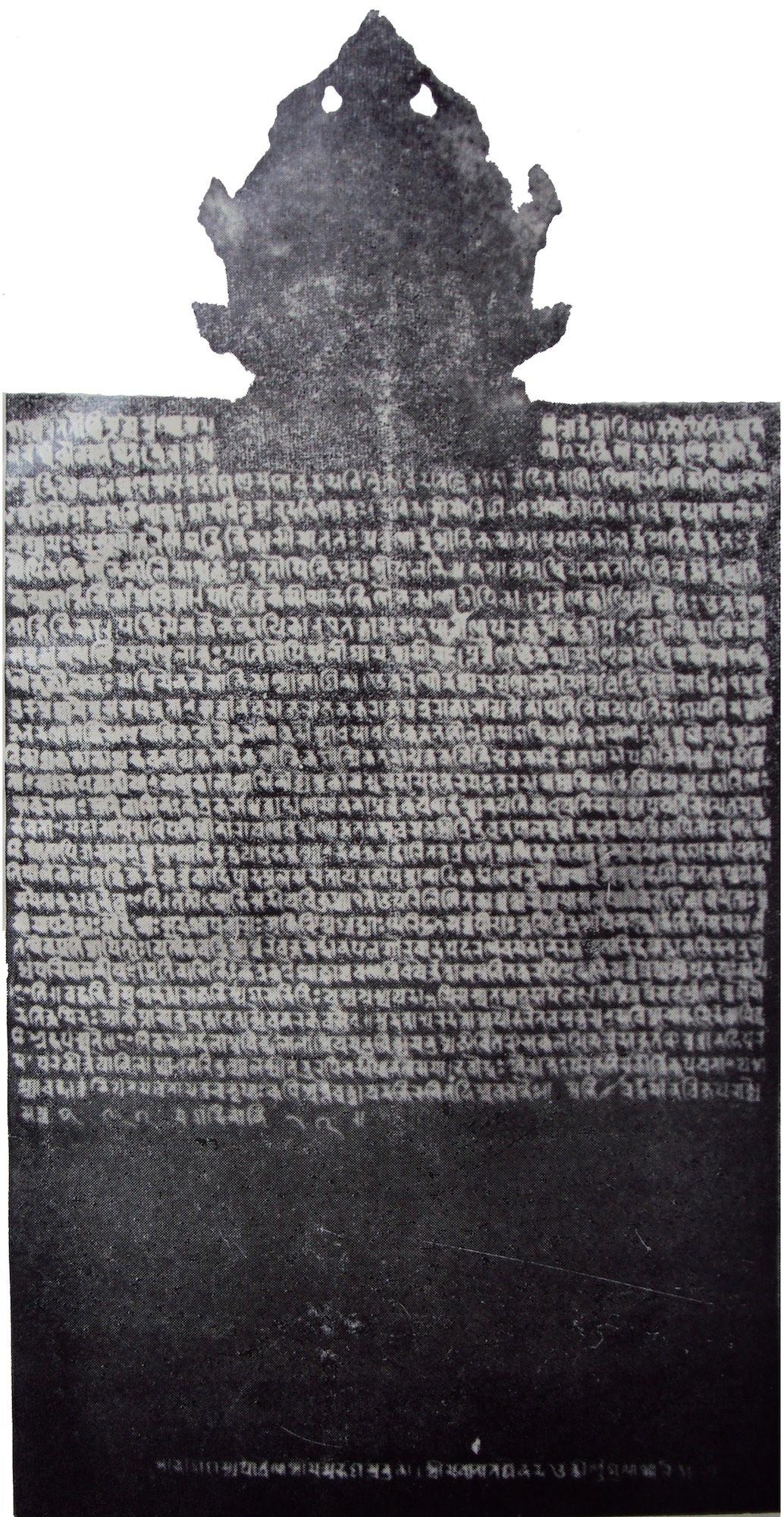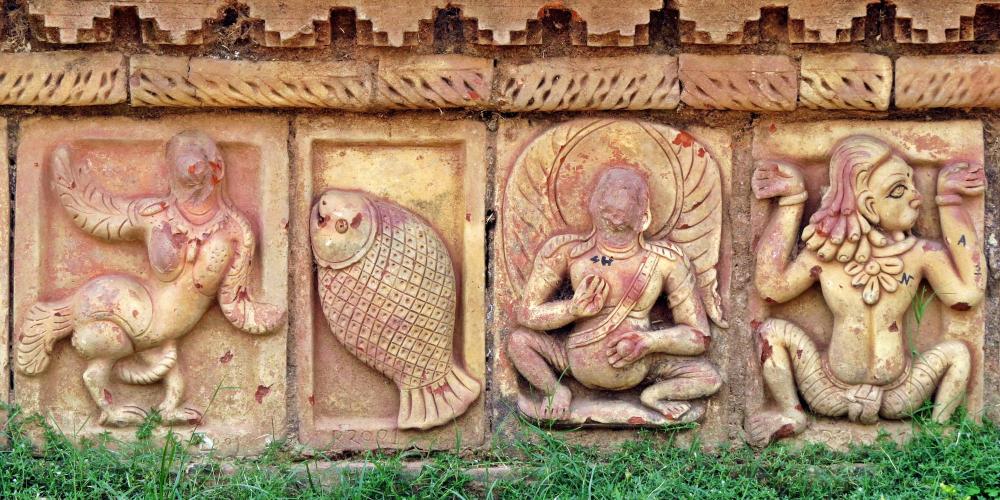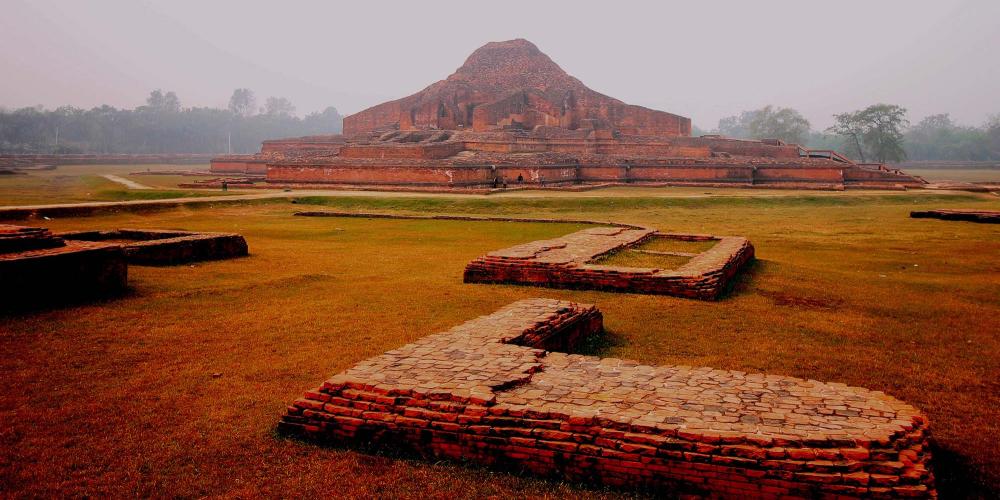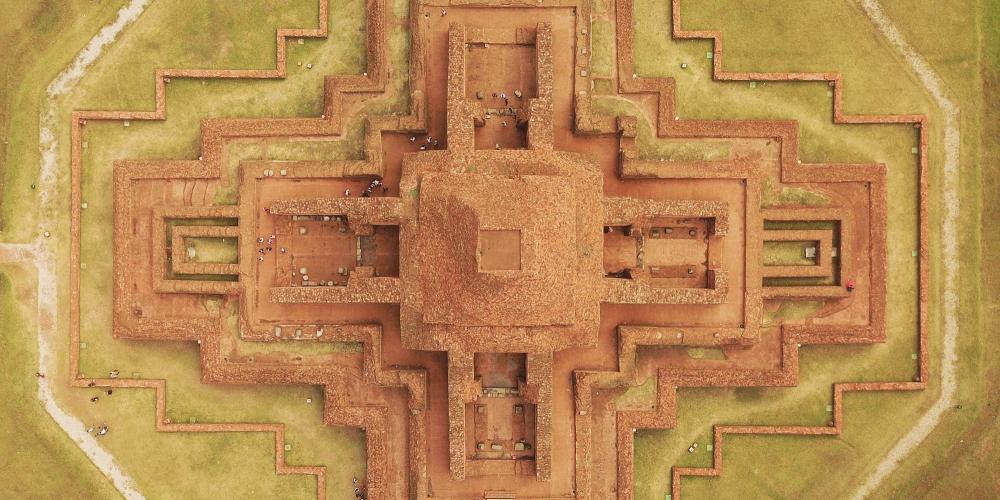The importance of the Pala dynasty

The Pala dynasty ruled the regions of Bengal and Bihar for about 400 years, from the 8th century until the end of the 11th century, with about 20 leaders on the throne during the period.
To begin to understand the Pala Dynasty, it's useful to look at the state of affairs when the first ruler took power. The region that is now north-eastern India and Bangladesh had been in a state of anarchy for about a century following the fall of the Post Gupta dynasty. Feudal lords had found themselves in a cycle of petty conflict with no obvious path to resolution.
It wasn't until one feudal lord named Gopala managed to gain the support of other leaders that stability started to emerge. Through a democratic process, he took control of the region called Varendra, made up of north-western Bangladesh, West Bengal, and the Indian area of Bihar. He would be the founder and first ruler of the Pala Empire.
It was the dynasty's second ruler, the son of Gopala, who would have the biggest impact, though. His name was King Dharma Pala Deva (also known as Dharmapala) and he greatly expanded the territory of the empire, spreading across northern India. He is regarded as an efficient administrator and, during this period, the region flourished economically.

Archaeologists have found evidence that shows the administration of the Pala dynasty was involved in all aspects of the bureaucracy from the central government all the way down to local villages. Tax was collected more efficiently than ever before and this income was used to fund everything from ferry jetties in rivers to large ports on the coastline. Even management of the forests and the markets was under the control of the kings.
Gopala, the first Pala king, was a Buddhist and so all of his descendants also were. It's no surprise when you consider how involved the rulers were in the management of their empire that this also extended to religion. They used the revenue from the new tax collection methods to fund initiatives all across the region that would spread Buddhism. The most important of these were the large monasteries like Paharpur, that was founded during the reign of King Dharma Pala Deva.

Interestingly, though, most of the subjects in the area controlled by the Pala Empire were actually Hindus. The Pala rulers followed an approach of religious tolerance, granting land for Hindu temples and allowing Hindu Brahmins to hold high official posts in the Pala court. This allowed for a peaceful exchange of ideas between the faiths and is a large factor in why Hindu Tantrism made its way into Buddhism, giving rise to the Vajrayana philosophy.
The Pala kings are also considered to have been shrewd diplomats, forging relationships with different cultures to promote new trade routes. The empire enjoyed good connections with Southeast Asia and the Middle East – but it was more than just trade that was shared. Cultural ideas were also transferred and there's evidence of Islam appearing in Bengal during this time, while mathematical and astronomical achievements of the Indian civilisation were absorbed in places like Iraq. In Southeast Asia, the most prominent of this exchange of ideas can be seen in the architecture of temples that were based on the design at Paharpur.
The Pala dynasty created the environment for Buddhist monasteries to thrive and discuss philosophies without prejudice. But, importantly, it also facilitated the spread of these ideas around the world, leaving a legacy that we can still see today.



